Most people associate the word “bleach” with laundry. Its primary use is as a stain and colour remover via a process known as bleaching. In addition to its use in laundry, bleach is widely used for sanitisation and disinfection. Commercial cleaning companies will use different types and concentrations.
Please keep in mind that different types of bleach are better suited for different purposes than others. Here are three common types of bleach and how they should be used:
Chlorine Bleach
Chlorine bleach, arguably the most used type, has an active component known as sodium hypochlorite. It’s an extremely effective bactericide and disinfectant, which is why practically all chlorine formulations are diluted in water.
It is frequently used in homes to remove stains from materials. However, because of the potency of chlorine bleach, it should not be used on coloured or patterned garments. It, on the other hand, is ideal for lightening white clothing.
It should be noted that while using chlorine bleach for laundry, extra caution must be exercised because prolonged or repeated contact might cause the cloth to thin. Even less intense treatments can harm the fabric over time, therefore must adhere to the usage guidelines.
Another key use for chlorine bleach is disinfection. It is an essential component for hospitals and clinics to maintain high levels of cleanliness. It can also be used in swimming pools, depending on the percentage of sodium hypochlorite.
Oxygen Bleach
After chlorine, oxygen bleach is the most often used. The active component is sodium percarbonate, which is also known as non-chlorine bleach.
This formulation makes oxygen bleach safer for a wider range of materials. If you want to clean your garments without worrying about them fading or weakening, then this is your best bet.
Another advantage of utilising this type is that it is less harmful to the environment. When soda ash is dissolved in water and chemical reactions occur, the sole waste is a harmless material known as soda ash.
Reducing Bleach
Another type is known as reducing or reductive bleach. This is frequently used in the bleaching of a range of materials, including wood pulp, textiles such as cotton or wool, leather, and even clay.
These materials are then manufactured or processed into new materials. For example, after bleaching, wood pulp may be used to manufacture paper.
Sodium dithionite or sodium hydrosulphite is the most often used active component or bleaching agent in bleach reduction.
How It Works
All types of bleach function in the same way: the active component combines with other molecules and deactivates them. In the case of clothes, for example, the chlorine in the bleach will react with the pigments in the fabric, rendering it colourless.
The approach is identical when it comes to bleach’s disinfecting capabilities. When the active ingredient—in most cases, sodium hypochlorite—comes into contact with bacteria, it oxidises their cells and renders them inoperable. In rare cases, the oxidation process can completely destroy bacteria.
Non-chlorine bleaches can also be employed as disinfectants if the active component is an oxidising agent. They may not, however, be as effective.
How to Use Bleach Safely and Effectively
Cleaning or washing the object or surface first is the most efficient approach to utilise bleach and maximise its disinfection effects. Remove as much dirt as possible from surfaces by sweeping, wiping, and/or mopping.
Use the appropriate detergent and water temperature while washing. Before using, properly rinse and allow clothes dry fully. To achieve the greatest results, follow the label’s usage directions.
Finally, here are some safety precautions to take:
- Wear protective equipment like as gloves and safety eyewear.
- To avoid inhaling dangerous vapours, wear a mask or respirator.
- Open windows and doors while using it inside to allow air to circulate and prevent fume concentration.
When it comes to cleaning and disinfecting, bleach is one of the most essential items you’ll use. That is why it is necessary to learn more so that you can use it correctly and obtain the amount of cleanliness you desire.
At United Cleaning Solutions, we are dedicated to meeting every requirement to make life easier for our clients. Therefore, we offer a range of cleaning services which we feel are competitive and reliable. We give our clients the opportunity to pay with one handy and convenient invoice. For more information, make sure to get in touch today.
